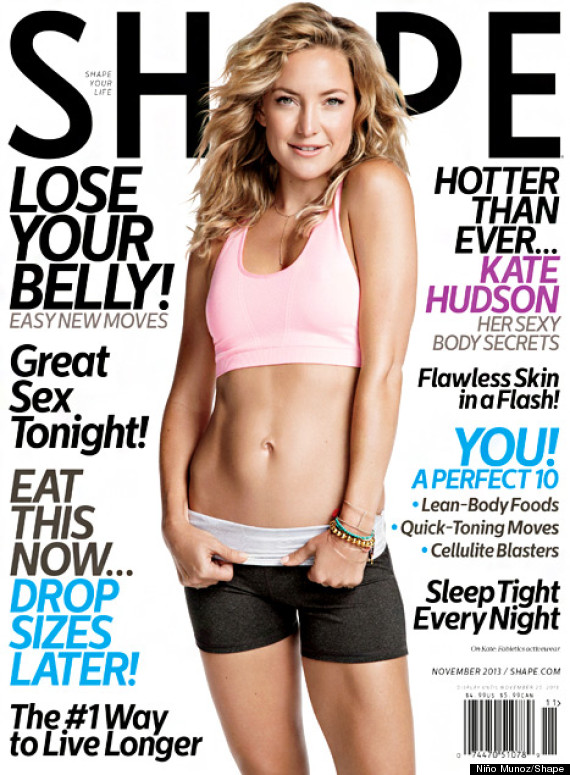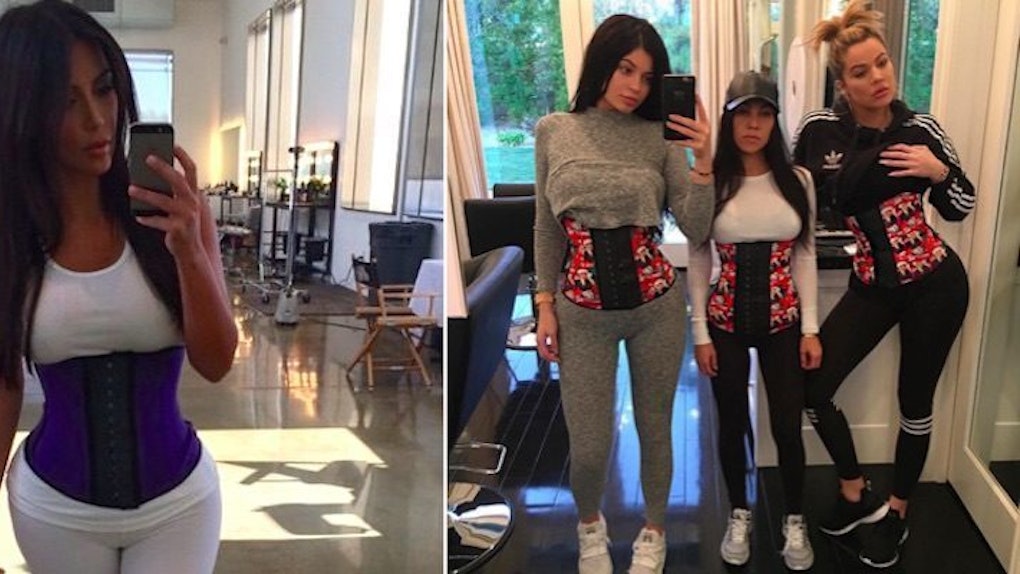For my last and final civic issue blog post I want to talk about a grandfather issue in the media. By grandfather issue, I mean an issue that has been a problem for years and has yet to be solved. That issue is body image.
Body image is just another thing that the media has shaped our perception. When viewing TV or flipping through magazines, we form these ideas on what the perfect body is because of what is always broadcasted and advertised in the media. Young boys and girls grow up thinking that what they see on TV is the ‘ideal’ or ‘normal’ body image. They hold these same beliefs throughout life, passing it onto others.

A Continuous Problem
Advertising, specifically those related to fashion and cosmetics, affect how people view body image. Magazines with stereotypical models, skinny with abs, send the message to consumers that thin is beautiful. The lack of a variety of different shaped models disallows people to see body image as a spectrum instead of just one thing. In a study conducted by AdMedia, 69% of the girls surveyed believed that the models found in magazines had a major influence on their concept of what a perfect body shape should look like. Young girls are forced into tunnel vision and only see skinny as the perfect body shape. There has also been a progression in how men are also negatively affected by models in magazines and advertisements. Just like women, men see hold the idea that the perfect body type is slim, hairless, with a six-pack. They don’t see the perfect body like the spectrum it is.

 But all the credit cannot go just to advertising and magazines. Social media has become a major contributor to our perception of body image. Trends like the thigh gap and slim thick bodies have shaped the way we view body image. Users are constantly seeing their favorite celebrities promoting these bodies and products that will help them achieve it. They have no choice but to think this is what beautiful is. They buy these products like waist trainers holding the idea that once they get their desired bodies they will be perfect.
But all the credit cannot go just to advertising and magazines. Social media has become a major contributor to our perception of body image. Trends like the thigh gap and slim thick bodies have shaped the way we view body image. Users are constantly seeing their favorite celebrities promoting these bodies and products that will help them achieve it. They have no choice but to think this is what beautiful is. They buy these products like waist trainers holding the idea that once they get their desired bodies they will be perfect.
Check out this video showcasing opinions held about body image from girls ages 6-18.
Having a singular view on what the perfect body is can be detrimental. People strive for perfection, so they try to look like the models and celebrities they see in the media. 5% of women in the United States can achieve the current popular body type in advertisements today based on genetics. That leaves 95% of women not fitting the image they see advertised everywhere. When it cannot be achieved, negative things can occur like low self-esteem, depression, and eating disorders. The media has created false views on what perfect is.
Reform

In recent years, there have been tremendous efforts to change the perception of what the ideal body image is. Dove is one of the major pioneers of the body-positive movement having promoted it for over a decade now. It can be seen in all of their commercials and advertisements; they aim to use a diverse group of people (different skin colors and body types) to change how we view what is perfect. The ultimate goal is to promote self-love. Campaigns like #HereIAm and #LikeAGirl are created to send the message that you are beautiful just the way you are. It is important that these campaigns reach younger audiences because they are the ones who are the most impressionable. We want young boys and girls to grow up wanting to be themselves rather than fit a trend.
This blog has given me the opportunity to share issues within the media that are often overlooked. Although I was unable to go in-depth with each issue, as they are very complex problems 700 words cannot cover, I hope you all investigate further. The first step to change and reform is education.
Sources:
http://www.admedia.com/media-and-body-image.php
http://mediasmarts.ca/body-image/body-image-advertising-and-magazines
https://verilymag.com/2016/07/positive-advertising-womens-body-image-beauty-standards-dove-nike


 Recently I was watching Shane Dawson’s Conspiracy Theories on Youtube and he was researching popular social media icon, Jake Paul. Jake Paul has received a lot of backlash due to his high percentage of advertising in his videos and on social media. Jake Paul, like other marketers, has targeted children to sell products taking advantage of their impressionable minds. They think ‘Oh Jake Paul is so cool. He says to buy is merch so I am going to buy it to be cool too”. Check out the series here: https://www.youtube.com/playlist?list=PLDs0tNoNYTz1P3dO8m5Wdv0WE2lPTQSJm
Recently I was watching Shane Dawson’s Conspiracy Theories on Youtube and he was researching popular social media icon, Jake Paul. Jake Paul has received a lot of backlash due to his high percentage of advertising in his videos and on social media. Jake Paul, like other marketers, has targeted children to sell products taking advantage of their impressionable minds. They think ‘Oh Jake Paul is so cool. He says to buy is merch so I am going to buy it to be cool too”. Check out the series here: https://www.youtube.com/playlist?list=PLDs0tNoNYTz1P3dO8m5Wdv0WE2lPTQSJm From the early 1800s to now, print media exaggerates characteristics of Black women creating commonly held/believed stereotypes. Starting with the introduction of the Mammy. Mammies were depicted has large, round and matronly Black women. Their skin was the darkest shade of brown they could possibly find, with large red lips. Mammies had this nurturing, and motherly nature that if weren’t present they were punished. That translated to Black women feeling as they always had to uphold that same image. If they were caught being anything put that, they would fear some level of punishment.
From the early 1800s to now, print media exaggerates characteristics of Black women creating commonly held/believed stereotypes. Starting with the introduction of the Mammy. Mammies were depicted has large, round and matronly Black women. Their skin was the darkest shade of brown they could possibly find, with large red lips. Mammies had this nurturing, and motherly nature that if weren’t present they were punished. That translated to Black women feeling as they always had to uphold that same image. If they were caught being anything put that, they would fear some level of punishment. 






